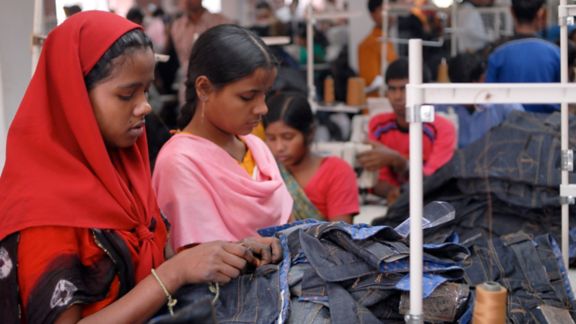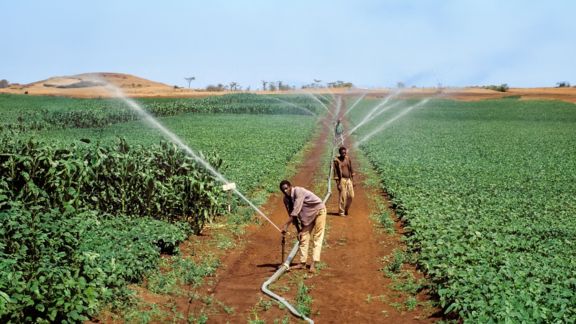Philippines Human Trafficking Survey

Working with USAID's Center of Excellence on Democracy, Human Rights, and Governance effort in the Philippines, NORC at the University of Chicago designed, conducted, and analyzed surveys to inform anti-human trafficking campaigns and identify human trafficking hot spots in the Southeast Asian country.
The overall goal of the NORC effort was to help USAID generate systematic and reliable data for improved targeting of countering human trafficking efforts, as well as establishing baseline data by which new programs can be monitored and evaluated.
To that end, the dual-track NORC survey—called the Counter Trafficking in Persons (C-TIP) Knowledge, Awareness, and Victim Identification Survey—included two principal components. The first tested the general public's knowledge and attitudes about human trafficking, and the second included interviews with victims of human trafficking about their experiences.
NORC surveyed 5,000 households in the Philippines using a two-phase adaptive sampling design. The first 2,500 households were interviewed according to a multi-level stratified national sample with probabilities proportional to population size. The remaining 2,500 individuals (Phase 2) were selected by oversampling geographic regions with high trafficking prevalence.
The results indicated a national trafficking prevalence rate of 3.28 percent. They also helped identify seven hot-spot regions of the country with trafficking prevalence rates above 5 percent. While most interviewed victims' trafficking experiences occurred inside the Philippines, many of those trafficked overseas ended up in the Middle East. This highlighted the need for counter-trafficking efforts within the Philippines and in destination countries like Saudi Arabia.








